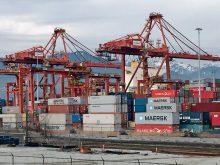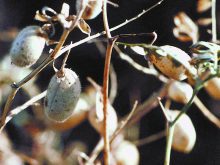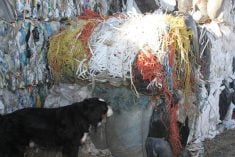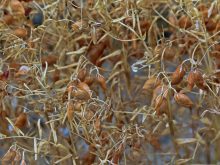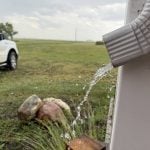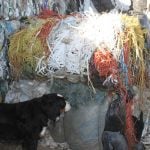EDMONTON – Kerri Lappin has put together a computerized jigsaw puzzle to recreate what 27,000 acres of farmland looked like before it was turned into a strip mine.
The project will help the mining company rebuild wetlands when the area west of Edmonton is reclaimed in 40 years.
Using hundreds of aerial photographs from 1982, the University of Alberta master’s student pieced the photographs together on her computer and mapped out where the trees, coulees, sloughs, dugouts, roads and fields were on the land south of the North Saskatchewan River during the 1980s.
Read Also
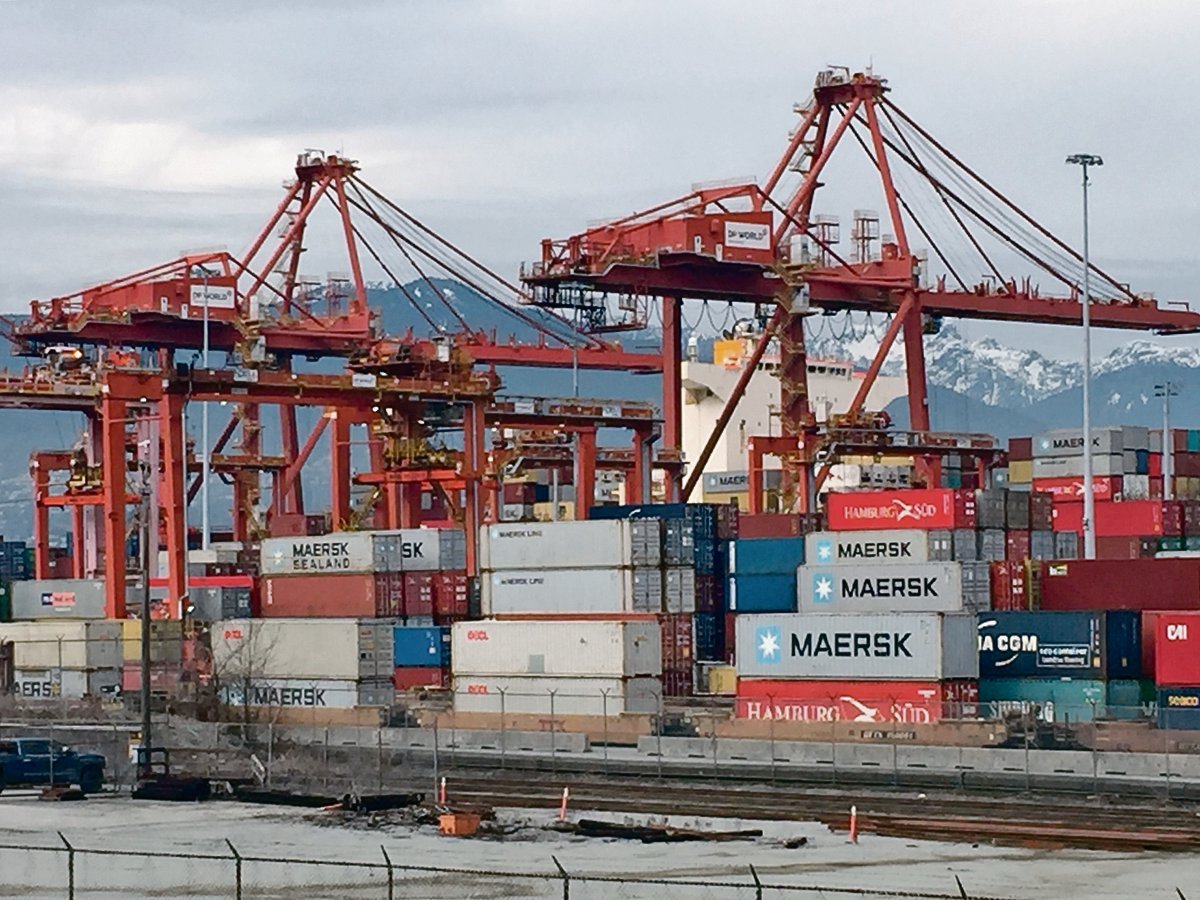
Message to provincial agriculture ministers: focus on international trade
International trade stakeholders said securing markets in the face of increasing protectionism should be the key priority for Canada’s agriculture ministers.
The land is now part of a 18,525 acre area strip mined for coal by Epcor for its Genesse coal-fired electrical generation station. In the original photographs, the land was generally low lying with rolling hills dotted with peat bogs and small farms.
“It looked like it was fairly patchy farmland,” Lappin said.
Instead of creating a level patch of reclaimed land, Epcor is using the opportunity to recreate wetlands, but not necessarily where they were when the land was last farmed.
Historical photographs, computer simulations and modern GPS photos helped Lappin build a model of where wetlands may be better suited.
“Where do you put the wetlands back? Should you put them in the same spots as before? It was farmland before, maybe the wetlands weren’t in the best spot.”
Using the old photographs, Lappin estimated two percent of the land between the North Saskatchewan River and Rose Creek was wetland. She studied a larger area than just the strip-mined spot to get a more accurate reflection of what the land looked like around the mine.
“If there was only 10 wetlands before, I’m not going to put back 40,” she said.
Trying to rebuild aerial photographs of what land used to look like has been a daunting task, she said.
“It takes a long time to build the past.”
George Greenhough, manager of land services with Epcor at Genesee, said the company has done a good job of turning reclaimed land into grain fields but has paid little attention to rebuilding wetlands.
“We have proved we can build good farmland, but we need to take that one step further and we need to recreate wetlands as well,” Greenhough said.
The company has already reclaimed more than 1,000 acres of land , which is used for grain, hay and grazing.
As the mine moves farther west, the area becomes more rugged and less suited for farmland and is an opportunity to recreate more wetlands, he said.
“We can place wetlands and make our reclaimed lands more representative of the topography and land types that were here before mining started.”
Greenhough said the company is also working with another University of Alberta student to create an “instant forest.”
Epcor will dig up an 18 centimetre layer of root material from an existing aspen forest and place it on land that has been mined.
Its hope is that in the spring the roots will sucker and spread into a diverse area of rose bushes, saskatoons and other native plants.


